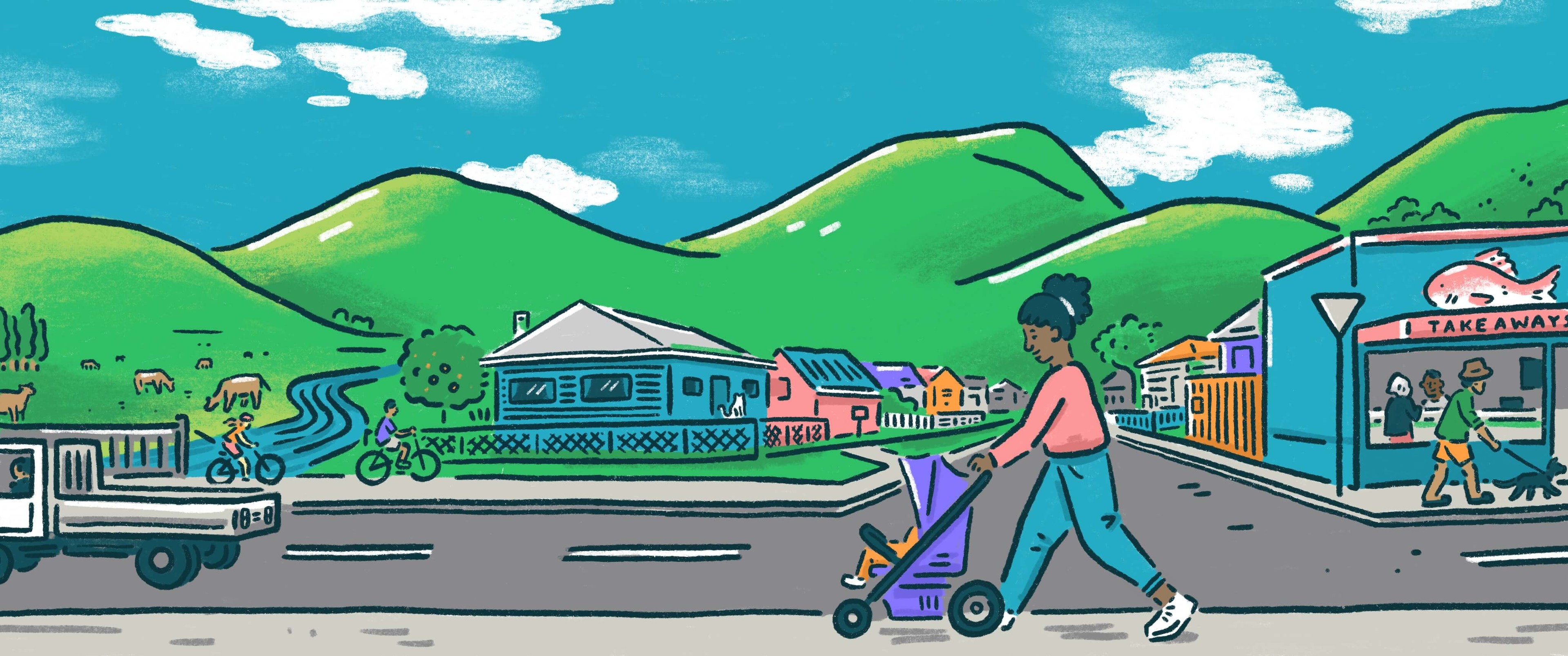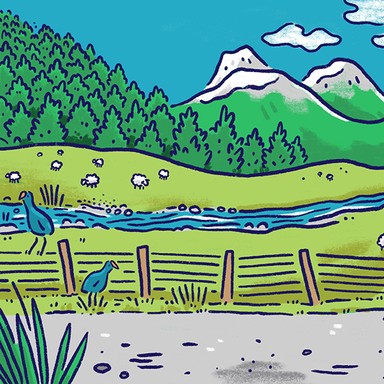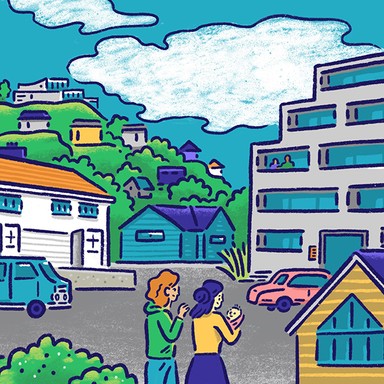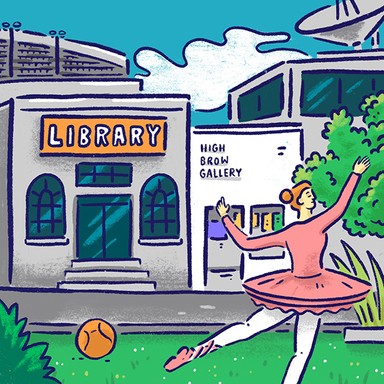
Whangārei District Council

Climate change and resilience
Climate change poses a huge challenge for communities as more frequent extreme weather events require us to rethink how we live and where. Local authorities are at the forefront of efforts to respond, with responsibilities for environmental planning and regulation, as well as civil defence. Many councils have plans to reduce emissions in their area and are working to help their communities adapt to a warming world.

Climate change and resilience
Climate change poses a huge challenge for communities as more frequent extreme weather events require us to rethink how we live and where. Local authorities are at the forefront of efforts to respond, with responsibilities for environmental planning and regulation, as well as civil defence. Many councils have plans to reduce emissions in their area and are working to help their communities adapt to a warming world.
Commit to the Tai Tokerau Climate Adaption Strategy.
Reduce council's carbon footprint.
Strengthen our infrastructure around sea erosion and flooding.
Commit council to a 30 year climate action plan for the central city.
Commit to working together with coastal communities to either raise sea walls or raise houses.
Extend civil defence network to include community groups.
Encourage and educate businesses towards cleaner production and disposal of resources.
Encourage and educate towards more environmental friendly practices such as better household waste management and water usage.
Implement climate change and resilience into future infrastructure plans.
Civil defence. Allow the army and other groups to train common safety via the schools and businesses. A learn unit course.
Earthquake strengthening. Introduce the foresight to this via first-build inspections.
Adapting to climate change. Bring in more planting on grass verges of fruit and other plants to support here.
Support communities through the Climate Adaptation Te Taitokerau (CATT) Climate Action Plan, to future-proof our home and protect our people.
Support civil defence efforts to build resilient communities, improve hazard mapping and the combined Northland Regional Council Emergency Operations Centre.
Reducing greenhouse gas emissions through alternative transportation and public transportation options and waste reduction.
Commit to improved roading and infrastructure.
Council spending.
Accountability and transparency of council, open communication with public, follow the democratic process.
Support schools to develop active (non-car) transport, eg cycling, walking, scooters and buses – for health, $$s and zero carbon!
Develop walking, cycling and public transport friendly policies so that these modes and safe, convenient and normal.
Work with stakeholders – especially those most affected and those on the margins – to build resilience and practical, timely mitigation.
Plant more trees around waterways to reduce greenhouse gas emissions and stabilise banks and bring a return on carbon credits.
Clean out drains along roadsides and fix culvert pipes to allow water flow and reduce flooding and maintenance costs.
Look into new infrastructure initiatives like power turbines on main water supply lines and solar power to become less reliant on the grid.
Promoting renewable energy sources for residential, commercial and industrial areas through rate deduction incentives.
Improving infrastructure to be able to cope better with heavy rainfall and flooding.
Uplifting indigenous practices of environmental care through authentic engagement with local iwi and hapū.
Commit to the Tai Tokerau Climate Adaption Strategy.
Reduce council's carbon footprint.
Strengthen our infrastructure around sea erosion and flooding.
Commit council to a 30 year climate action plan for the central city.
Commit to working together with coastal communities to either raise sea walls or raise houses.
Extend civil defence network to include community groups.
Encourage and educate businesses towards cleaner production and disposal of resources.
Encourage and educate towards more environmental friendly practices such as better household waste management and water usage.
Implement climate change and resilience into future infrastructure plans.
Civil defence. Allow the army and other groups to train common safety via the schools and businesses. A learn unit course.
Earthquake strengthening. Introduce the foresight to this via first-build inspections.
Adapting to climate change. Bring in more planting on grass verges of fruit and other plants to support here.
Support communities through the Climate Adaptation Te Taitokerau (CATT) Climate Action Plan, to future-proof our home and protect our people.
Support civil defence efforts to build resilient communities, improve hazard mapping and the combined Northland Regional Council Emergency Operations Centre.
Reducing greenhouse gas emissions through alternative transportation and public transportation options and waste reduction.
Commit to improved roading and infrastructure.
Council spending.
Accountability and transparency of council, open communication with public, follow the democratic process.
Support schools to develop active (non-car) transport, eg cycling, walking, scooters and buses – for health, $$s and zero carbon!
Develop walking, cycling and public transport friendly policies so that these modes and safe, convenient and normal.
Work with stakeholders – especially those most affected and those on the margins – to build resilience and practical, timely mitigation.
Plant more trees around waterways to reduce greenhouse gas emissions and stabilise banks and bring a return on carbon credits.
Clean out drains along roadsides and fix culvert pipes to allow water flow and reduce flooding and maintenance costs.
Look into new infrastructure initiatives like power turbines on main water supply lines and solar power to become less reliant on the grid.
Promoting renewable energy sources for residential, commercial and industrial areas through rate deduction incentives.
Improving infrastructure to be able to cope better with heavy rainfall and flooding.
Uplifting indigenous practices of environmental care through authentic engagement with local iwi and hapū.
Mayor
Compare the mayoral candidates in your area
Local council
Compare the candidates for your city or district council
Regional council
Compare the candidates for your regional council
Local board
Compare the candidates for your local or community board







